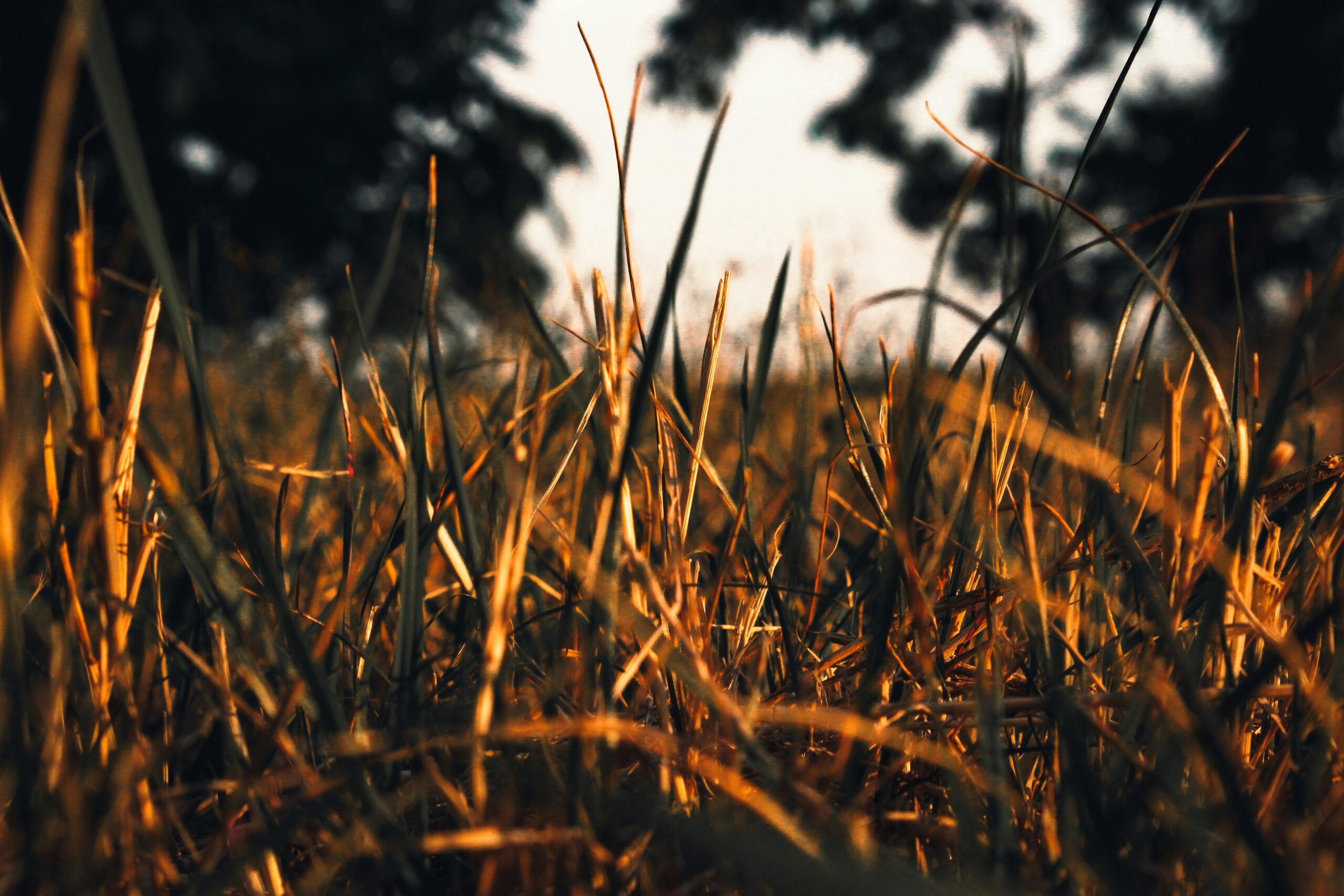A lush, green lawn enhances your home’s curb appeal and provides a comfortable space for outdoor activities. However, various diseases can quickly transform your healthy turf into a patchy, discolored mess. Understanding common lawn diseases identification is the first step toward effective treatment. This article will guide you through recognizing prevalent lawn diseases like brown patch, dollar spot, and red thread, while offering both conventional and organic lawn disease treatment options to restore your lawn’s vitality.
Understanding the Impact of Lawn Diseases
Lawn diseases typically emerge when environmental conditions favor fungal growth and your grass is already stressed or weakened. Factors such as improper watering practices, poor drainage, excessive thatch, and improper mowing can create the perfect environment for diseases to flourish. Effective lawn care problem solving begins with preventative cultural practices that strengthen your lawn’s natural defenses. By maintaining proper lawn care routines and quickly addressing symptoms when they appear, you can minimize damage and prevent the spread of diseases throughout your yard.
Identifying Common Lawn Diseases
Brown patch is one of the most widespread lawn diseases, particularly in warm-season grasses during humid summer months. It appears as circular patches of dead grass ranging from a few inches to several feet in diameter. The affected areas often have a smoke-ring appearance with a darker border around yellowing or brown grass. Treating brown patch lawn problems requires prompt action, as this fungus can spread rapidly during hot, humid conditions with nighttime temperatures above 65°F.
Dollar spot fungus presents as small, silver-dollar-sized patches of straw-colored grass. In severe infestations, these spots may merge to form larger affected areas. Examining individual grass blades reveals distinctive hourglass-shaped lesions with reddish-brown borders. This disease thrives in moisture-rich environments and is particularly common in lawns with nitrogen deficiencies. Dollar spot fungus control should begin immediately upon identifying these distinctive symptoms to prevent significant turf damage.
Red thread disease gets its name from the pinkish-red threads that extend from the grass blades in affected areas. These thread-like structures are actually fungal growths that can be seen with the naked eye in early morning dew. The disease appears as irregular patches of pinkish or reddish grass and is most common during cool, wet weather in spring and fall, particularly in lawns with low nitrogen levels.
Cultural Practices for Disease Prevention
The foundation of any effective lawn disease management strategy is proper cultural practices. Mowing at the correct height for your specific grass type helps maintain vigorous growth. Most cool-season grasses should be cut at 2.5-3.5 inches, while warm-season varieties generally benefit from slightly lower heights of 1.5-2.5 inches. Always use sharp mower blades to create clean cuts that heal quickly and reduce stress on the grass.
Watering practices significantly impact disease development. Deep, infrequent watering encourages stronger root systems and reduces moisture on leaf surfaces. Early morning irrigation allows grass blades to dry throughout the day, minimizing the humid conditions that foster fungal growth. Proper soil drainage and thatch management further reduce disease pressure by eliminating environments where fungi thrive.
Conventional Treatment Options
When cultural practices alone aren’t sufficient to control lawn diseases, fungicides may be necessary. For treating brown patch lawn infections, products containing azoxystrobin, propiconazole, or fluoxastrobin can be effective when applied according to label instructions. Dollar spot fungus control often involves fungicides with active ingredients like myclobutanil or thiophanate-methyl.
Application timing is crucial for fungicide effectiveness. Preventative applications before disease development are generally more effective than curative treatments after symptoms appear. Many landscape professionals recommend alternating between different fungicide classes to prevent resistance development. For serious or recurring infections, consulting with lawn disease specialists on AskHomey can help you develop a customized treatment plan tailored to your specific lawn conditions.
Organic Lawn Disease Treatment Approaches
For homeowners seeking more natural alternatives, organic lawn disease treatment options exist. Compost tea applications introduce beneficial microorganisms that compete with pathogens and strengthen the soil ecosystem. Neem oil has antifungal properties and can help suppress certain lawn diseases when applied regularly as a preventative measure.
Corn meal applied to lawns can help suppress certain fungal diseases through the action of naturally occurring beneficial organisms. Additionally, adjusting soil pH through organic amendments like lime or sulfur creates less favorable conditions for fungal development while promoting optimal grass growth. Organic fertilizers release nutrients slowly, providing steady nutrition without the growth surges that can increase disease susceptibility.
Restoring Lawn Health After Disease
Once you’ve successfully addressed a lawn disease outbreak, focus on rehabilitation practices to encourage recovery. Core aeration improves soil oxygen levels and reduces compaction, creating better growing conditions for recovering grass. Overseeding thin areas with disease-resistant grass varieties appropriate for your region improves lawn density and increases overall resistance to future infections.
Implementing a balanced fertility program based on soil test results ensures your lawn receives proper nutrition without excess nitrogen that can fuel certain diseases. Continued vigilance and maintenance of proper cultural practices will help prevent disease recurrence and maintain a healthier, more resilient lawn throughout the seasons.
For more tips and to connect with reliable home service professionals, follow AskHomey on Facebook and Instagram.



